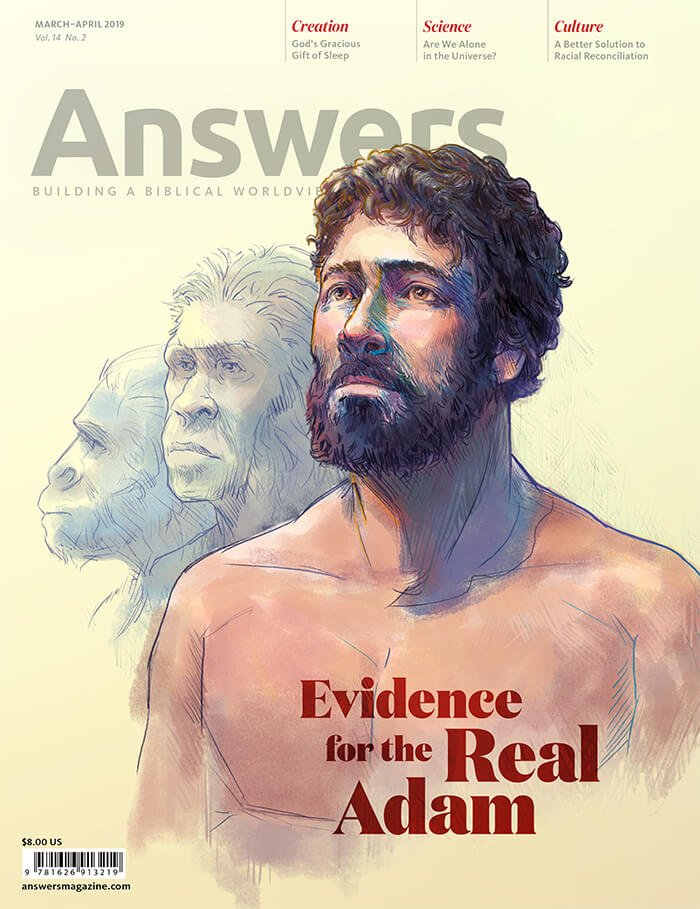Sometimes a Rock Is Just a Rock
Scientists are now suggesting that what they once thought to be the world’s oldest fossils may just be deformed rocks.
That may sound like a cautionary tale about jumping to conclusions based on evolutionary “evidence,” but it’s more complicated than that. Scientists originally thought the rocks in question were the oldest-yet-discovered stromatolites (fossilized mats of microbes sandwiched between fine layers of sediment) when they found these examples in a Greenland rock in 2016.
The specimens were dated at 3.7 billion years, earlier than their evolutionary models allowed, but the researchers were willing to reconsider based on the new fossils. Now it appears that due to subsequent research on the same rocks by other scientists, the original researchers may have been wrong, and these are just deformed, discolored rocks that only resemble known bacterial fossils. However, the original researchers still stand by their claim, pointing to other features that are characteristic of known fossil stromatolites found elsewhere. Stay tuned for this debate to continue!
This is a reminder how uncertain our interpretations of evidence can be. Even evolutionists admit we should consider evidence carefully and humbly, and not be quick to jump to conclusions. They are open to refining their views by a few million years here and there. Yet the physical evidence won’t cause them to reject their overall view of history over billions of years, which they accept by faith.
Related Downloads
Science in Perspective: Quick Takes
Audio DownloadAnswers Magazine
March–April 2019
We’re probably all familiar with the iconic image of man’s supposed evolution from an apelike creature. Does it reflect reality, or is it just another evolution story?
Browse Issue SubscribeRecommended Resources

Answers in Genesis is an apologetics ministry, dedicated to helping Christians defend their faith and proclaim the good news of Jesus Christ.
- Customer Service 800.778.3390
- © 2024 Answers in Genesis






